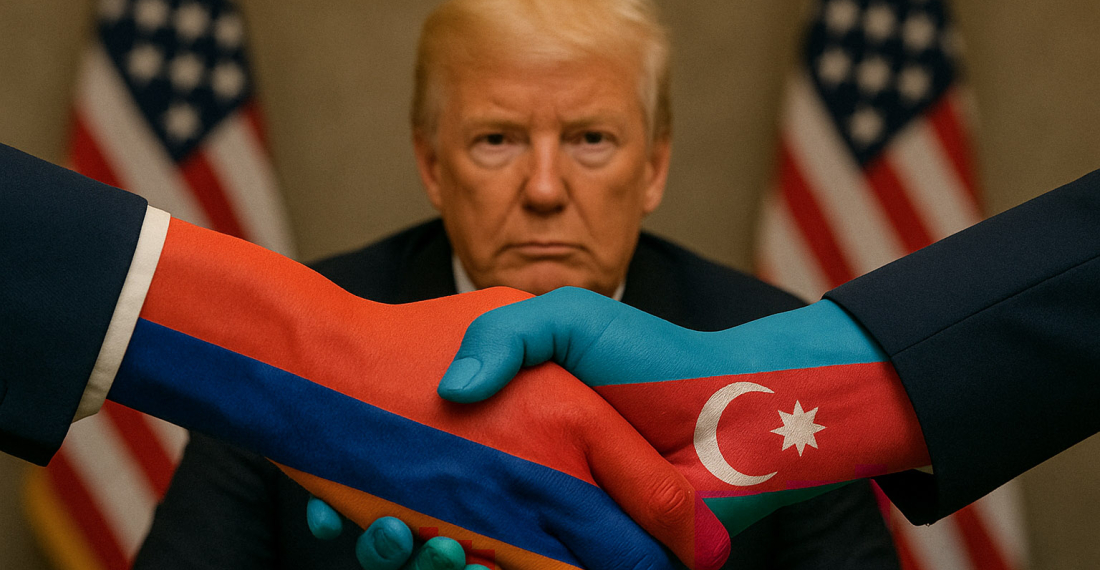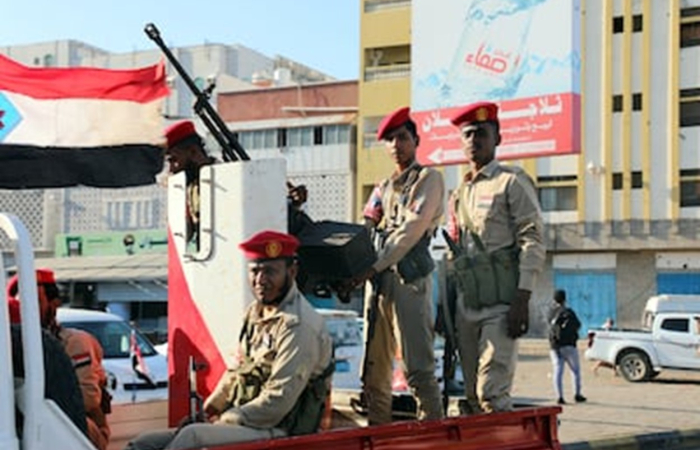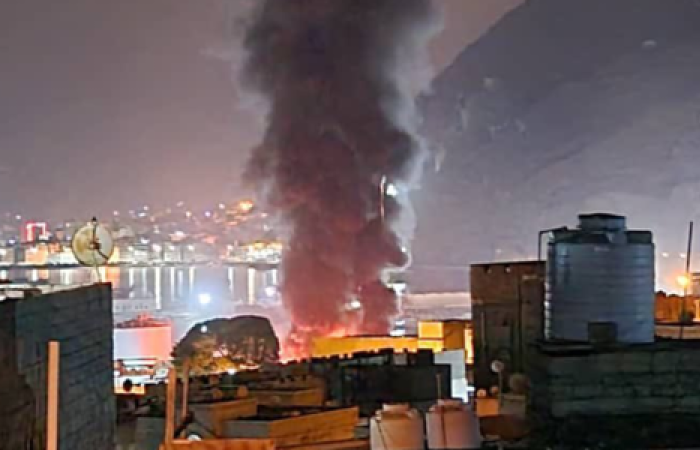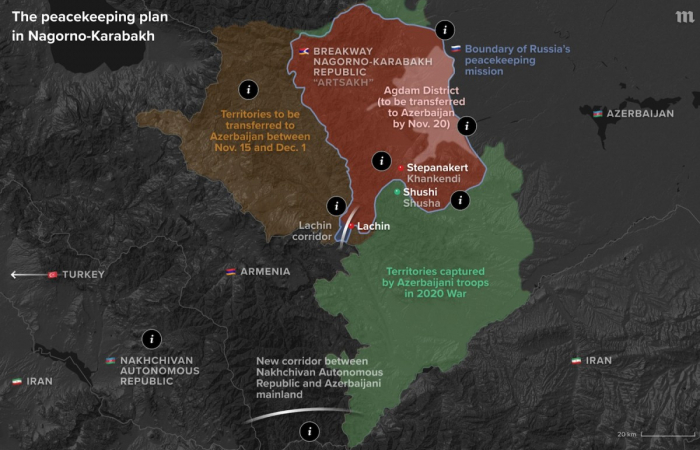As diplomatic efforts to resolve the long-running conflict between Armenia and Azerbaijan once again make headlines, the real challenge lies not in high-level meetings or momentary gestures, but in the unfortunate disconnect between the elites and the populations they represent. For almost thirty years, press release after press release declared that talks inched towards peace. Hopes were premature. The sides will next month mark the anniversary of the last war fought five years ago.
Tomorrow that could all change.
On Monday, news broke that Armenian Prime Minister Nikol Pashinyan and Azerbaijani President Ilham Aliyev will tomorrow meet U.S. President Donald Trump at the White House. According to Alex Raufoglu, former D.C. correspondent for Turan, the two leaders are set to meet Trump separately before joining him to announce a declaration of intent to achieve peace. Ragip Soylu in Middle East Insight spoke of a memorandum of understanding. Others talk of some kind of framework.
Little is known beyond those opaque details of what could in essence be the same result. Though few expect the initialling of the recently finalised Agreement on Peace and Establishment of Interstate Relations, let alone its signing, any joint declaration from the leaders could accelerate progress on this and other issues. Unblocking regional communications, especially between Azerbaijan and Nakhchivan, is already being discussed.
The sides could together announce their intention to dissolve the OSCE Minsk Group in Trump’s presence, symbolically closing the chapter on Karabakh, something that Azerbaijan seeks, especially as diaspora lobbying groups attempt to push it back on the agenda. In any case, recent years have made it clear that the Minsk Group’s co-chairs – France, Russia, and the United States – are unlikely to again cooperate in this format in the foreseeable future.
Nobody knows, but one thing is clear. It is vital that a clear message is sent to both populations in front of the cameras for the first time in decades. The leaders could also make the text of the draft treaty available publicly if discussion is to start. Pashinyan last month anyway committed himself to doing so before it is signed.
Despite high-level statements that peace has never been closer, there has still been almost no effort made to prepare the Armenian and Azerbaijani public for such an epoch-making settlement. People-to-people contact is virtually nonexistent, and positive media coverage by either side – or even internationally – is rare. With elections looming in Armenia, this will be particularly important for Pashinyan.
Already, some of his supporters do not seem overly enthusiastic. They believe only a signed treaty before parliamentary elections next year can help him maintain power. Still, if that does not come, even a joint declaration ahead of initialling the treaty later, could suffice. That could possibly be paired with an already agreed partial opening of the Armenia-Turkish border for third-country citizens and diplomats.
For now, unless Baku has changed its position, full normalisation between Armenia and Turkiye remains unlikely without an actual settlement between Armenia and Azerbaijan. Suspicion lingers that Yerevan prioritises opening its border with Ankara over Baku. Azerbaijan, in turn, is reluctant to let Armenian-Turkish normalization obstruct its own settlement with Yerevan. Meanwhile, Pashinyan seeks international support and guarantees.
What is clearly missing is trust.
It is of course unfortunate that Aliyev and Pashinyan have to rely on the presence of global powers, whether that be the European Council, the Kremlin, or the White House, but that is the reality. Besides, the foundations of the treaty were laid in those earlier talks, even if a bilateral format has since replaced them. A conflict that has lasted over three decades must finally end. For Armenia, a peace agreement is also essential to break out of its stifling regional semi-isolation.
From Azerbaijan's perspective, the concern is that revanchism could resurface in Armenia if the treaty lacks broad public support. It insists that peace must be embraced by a majority of Armenians through constitutional changes delivered by a referendum. That, however, is unlikely before late 2026 or 2027 but remains a pre-requisite to signing the treaty alongside dissolving the OSCE Minsk Group.
Clearly, a genuinely inclusive process that engages everyone across all strata – mainstream society, mass rather than niche media, non-politicised academia, and businesses – must start. The history of the conflict has shown that limited exchanges among a small clique of analysts and civil society actors will be insufficient. The population is already ill-prepared for the foreign and domestic malign information threat that will surely follow.
While nobody is expecting a monumental breakthrough tomorrow, though few can be critical if there is one, its symbolism could still be immense. Whether Trump’s involvement is driven by genuine concern or his persistent pursuit of a Nobel Peace Prize, this is still an opportunity to take an important step forwards. It is vital that the two societies feel the same.
Without broad public buy-in and societal resilience, any agreement or declaration risks falling apart. Sustainable peace requires more than handshakes. It requires the engagement and inclusion of those that will have to live it. That is the least that should be expected the day after. Trump, however, is also unpredictable and cavalier so the sides must be careful not to allow geopolitical interests to unnecessarily antagonise regional powers such as Russia and Iran.
The need for caution and compromise is great. The spoilers remain many.






